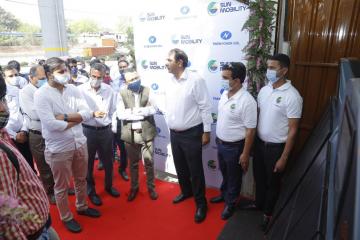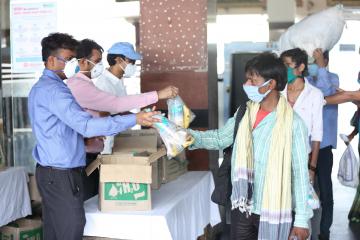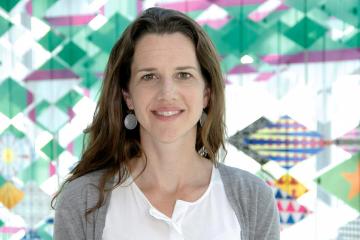
Alumni Voices: Reimagining how innovation funders measure and value gender impacts

The Alumni Voices series is a platform for J-PAL alumni to share their work in their own words.
In this post, Rachna Nag Chowdhuri ‘13 (former research manager at J-PAL South Asia) discusses her work at the Global Innovation Fund to reimagine how funders measure and value impact on gender equality outcomes.
My experience at J-PAL has been the backbone of my career. Starting off as a research associate based in Bihar and Rajasthan, India, I transitioned to a Delhi-based manager role before becoming the country director of IPA Zambia. The foundational understanding about evidence that I developed at J-PAL has been pivotal in all my roles—especially in my understanding of the nuanced interplay between evidence, policy, and funding. After my work at J-PAL and IPA, I transitioned to work on the “donor” side, first with the World Bank and now currently at the Global Innovation Fund (GIF).
In my current role as senior director of analytics at GIF, I support my team in making decisions on which innovations make the most impact in people’s lives. GIF works across different locations, sectors, and uses different funding mechanisms (grants, debt, equity, or hybrid) to fund impactful innovations.
To do this, we face two critical questions; first, which impact outcomes do we value? And second, how much do we value them? Making our values explicit is also a way to recognise that grant-makers are in a position of power, which makes explicit valuation imperative when faced with real trade-offs.
Shining a spotlight on gender impacts
At GIF, we confront these two fundamental challenges in order to fund transformative innovations, including improving gender equality. This is a sector I have worked on since my J-PAL days and continue to be passionate about. Gender impacts are highly complex and range from changes in social norms and decision-making power, to reduction in violence against women and girls. Standard well-being outcomes do not capture the depth of impact in women’s lives brought about due to innovations.
To explore which gender impact outcomes we value to create the largest change in women’s lives, we turn to evidence. Evidence is at the core of GIF’s mission. Here, my experience at J-PAL and my intimate understanding of good quality data and what constitutes evidence has been a key strength. This is also a growing space where researchers (including a number of J-PAL affiliates) are leading the path to understand gender impact outcomes and measurement better. To tackle this, I have worked on a framework to incorporate gender into GIF’s internal impact forecast model, which you can read more about in this paper and this recent blog.
To explore how much to value gender equality outcomes (say compared to income or education), we reflect deeply in order to elevate innovations that have impact on women’s agency and structural shifts in gender equality. These are outcomes that have been historically undervalued by innovation funds and donors. At GIF, we think that funders implicitly place a value on women’s agency when they choose to implement programs that ignore these outcomes—and that implicit value is often zero. Another recent blog of mine describes a case study example on valuing women’s agency using a J-PAL South Asia evaluation example.
“Reimagining how donors can measure and value gender impacts has been a fascinating challenge."
Particularly because within the world of research and measurement, we often see siloed “camps,” where the “utilitarian” view that us economists tend to have is seen as opposed to the “rights-based” framework. I’ve always believed that there is a way to marry these two world views, and our work at GIF is testament to this.
On a personal note, the J-PAL network has also been a source of continued support, friendship, and inspiration. I look back at my time at J-PAL and IPA, not just to draw inspiration from the cutting-edge research produced, but also to appreciate the opportunity I got as a young economist to live and work in rural India. This helped me understand the nuances of conducting research from the ground up, and the tireless work of field staff that goes in, day in and out. This experience has taught me resilience and to value the staff and the countless respondents behind the data, who often remain faceless. I try to carry these values forward in every aspect of my professional and personal life.


